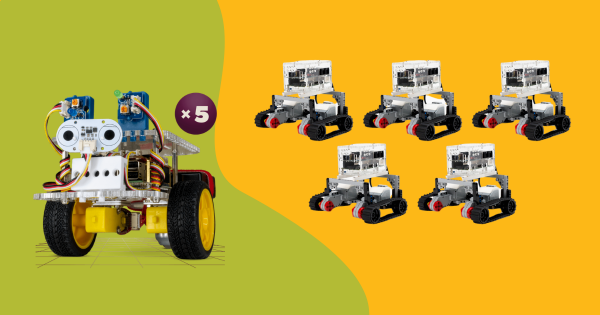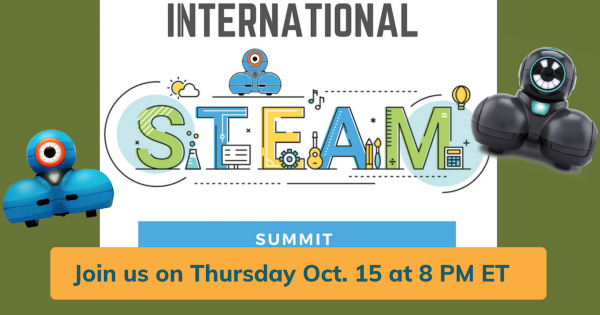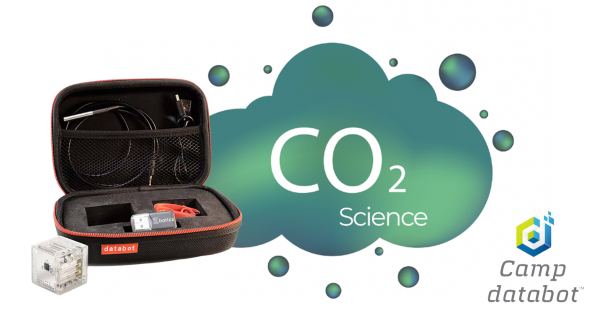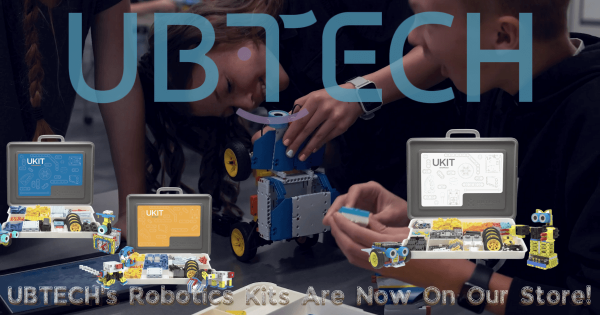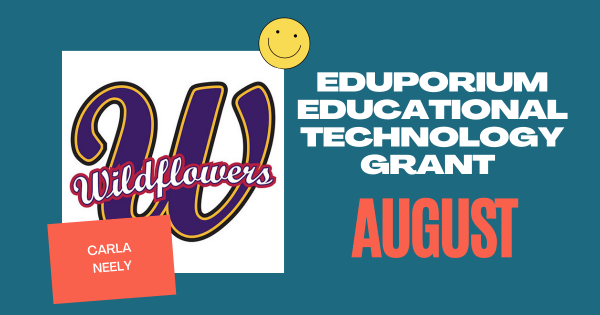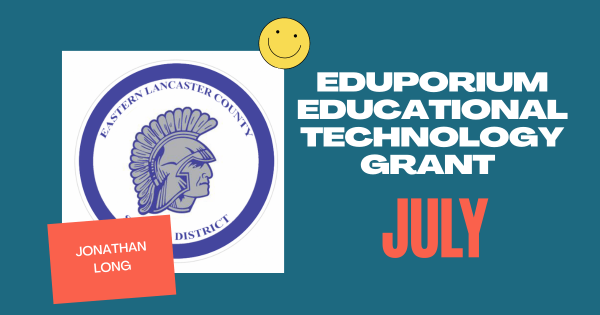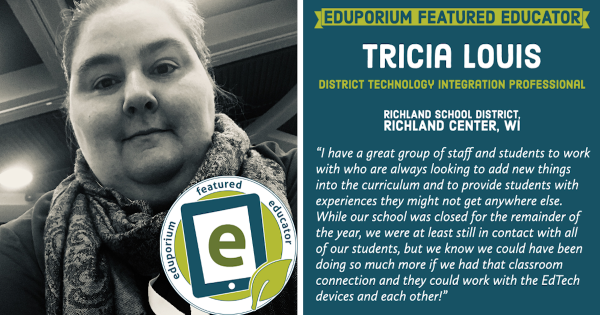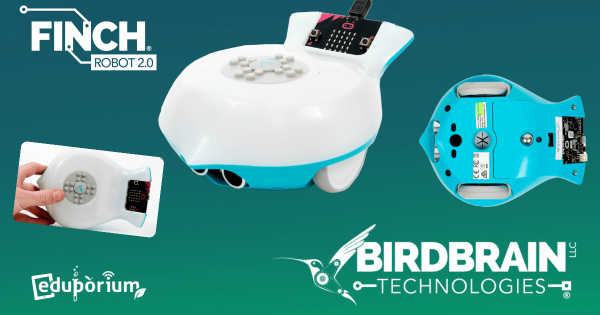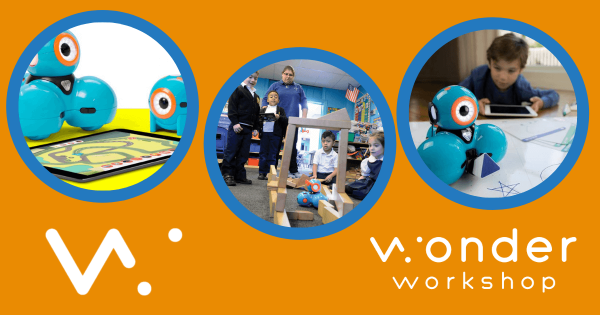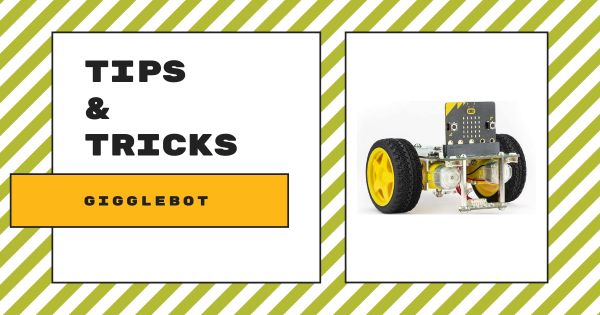Both STEAM tools combine various elements of engineering and coding in what they offer to students. These robots are buildable, too, which enables students to explore engineering as they work to figure out how to build the bots correctly. Once they’re built, children can work on programming them whether they’re at home or in the classroom.
Robotics
Some of the most popular paths and effective approaches to preparing students for their future involve using robotics tools. A significant subsection of STEM education, coding robots and other types of programmable devices enable a large percentage of the STEAM learning that occurs in our schools. Using educational robotics tools, students from Pre-K to college can develop key coding skills. This is largely because, among these various robot kits, many are compatible with various programming languages. So, beginning in Pre-K, a child might use the Cubetto Robot in screen-free coding activities. Then, they might move on to the Bee-Bot or Blue-Bot for CS experiences that are slightly more complex. And, by the time they're in kindergarten or first grade, they have a legitimate foundation and they're ready to continue developing fluencies in coding, problem solving, and even computational thinking.
One reason robotics in education is so effective is due to various advances in robotics equipment for schools. Beyond introducing the absolute basics of coding early on (and without a screen), students can then progress to one of the most basic forms of coding, which you might know as Blockly. So many robotics tools incorporate the Blockly coding language along with their corresponding programming environment. In fact, the Ozobot Evo, Root Robot, Edison Robot, and Dash Robot are among the most popular elementary robotics tools. These help children build on coding and technology knowledge as they prepare for the next step—text programming. In text coding, they can use tools like the databot 2.0, NAO Robot, and most of the others we've mentioned. And, through these experiences, they can develop STEM skills in a tangible way while using robotics tools to do so.
-
Join Us at the Wonder Workshop International STEAM Summit!
We’re excited to sponsor one of the sessions, led by our friend, Jasmine Saab, on Thursday, Oct. 15! Jasmine will be discussing coding in middle school with the Cue and a “DASH” of distance learning and we’ll provide a Wonder Workshop kit to one lucky attendee! The session is for teachers, STEAM specialists, and anyone looking to innovate in distance -
The Camp databot CO2 Science Kit: STEM At Home Or School
We added the databot kits to our offerings just a few months back and this small, cube-shaped robot is certainly now a powerhouse when it comes to STEAM education—even in the remote variety. Using its on-board sensors, which include air pressure, altitude, CO2, and humidity sensors, the device is capable of collecting a whole lot of real-world information. -
UBTECH's Robotics Kits Are Now On Our Store!
For all those STEAM teachers, we have something new and exciting for you. We’re excited to let you know that we’ve finalized the addition of UBTECH’s hands-on robotics kits to our store and they are now available for purchase! There are four main kits—all of which are designed to help teachers transform STEM education. -
Here's Our Grant Recipient For August: Carla Neely!
We’ve transitioned into another new month, and that means we have some news regarding the awarding of our EdTech grant from last month. For this latest award, we’ve presented the grant to Carla Neely, who is a fourth and fifth grade STEM teacher at an all-girls school in Cleveland, Ohio—and she works with a lot of Title I students as -
Our July Grant Recipient is Jonathan Long!
Jonathan Long is a middle school STEM teacher in the Eastern Lancaster County (PA) School District and a huge fan of using technology in instruction. He’s used some different EdTech tools in the past and we’re excited to be able to provide him with a new one to try—the databot. Read on to learn more about him and his STEM -
Eduporium Featured Educator: Tricia Louis
Tricia has worked with a number of EdTech tools and given the students she coaches a ton of positive experiences. We’re excited to share Tricia’s story and hopefully inspire more educators to take chances with new tech in the classroom and unlock new learning opportunities with technology! Keep reading to learn more! -
Get To Know The Finch 2.0 From BirdBrain Technologies
Modeled directly after the original Finch Robot, this latest version provides teachers with a more robust option when introducing students to computer science and key STEAM concepts. It’s even viable in all levels of education from kindergarten to college and utilizes the micro:bit V2 for its processing power. Read on for more about the Finch 2.0 and its six coding -
Eduporium Team Donates Robot Kit Following Virtual Summit
We were fortunate to sponsor a Virtual Summit session led by fourth grade teacher, Jasmine Saab, and give away a Wonder Starter Pack to one lucky attendee! That attendee would end up being Imani Malaika-Mehta, who is the executive director of the KC Creators Club in Kansas City, and put this post together about her experiences with teaching STEM. -
Tips & Tricks | Dexter Industries' GiggleBot
The GiggleBot is the main component of this micro:bit-powered robot and construction kit. It boasts a variety of programmable features, including its brightness sensor, LEDs, motors, and a line following device. Children can assemble it in as little as five minutes and it includes everything that they’ll need—just connect the batteries, micro:bit, and wheels to get started!




